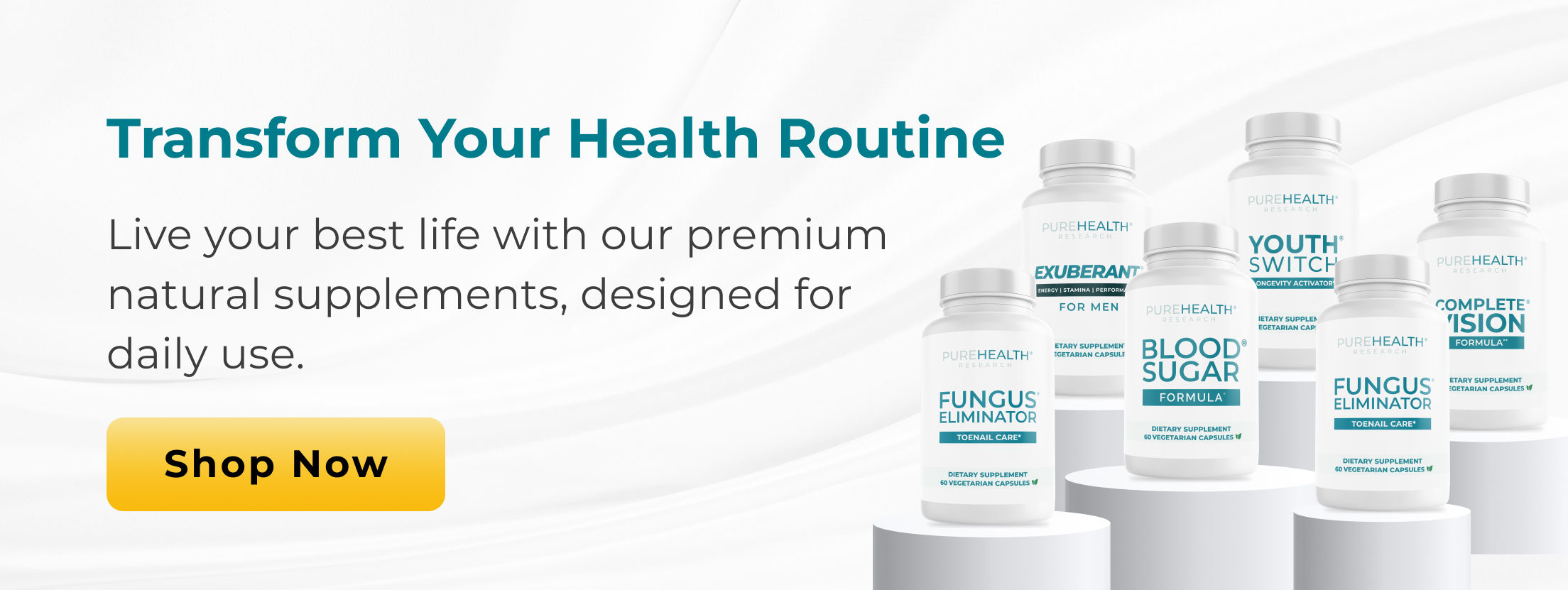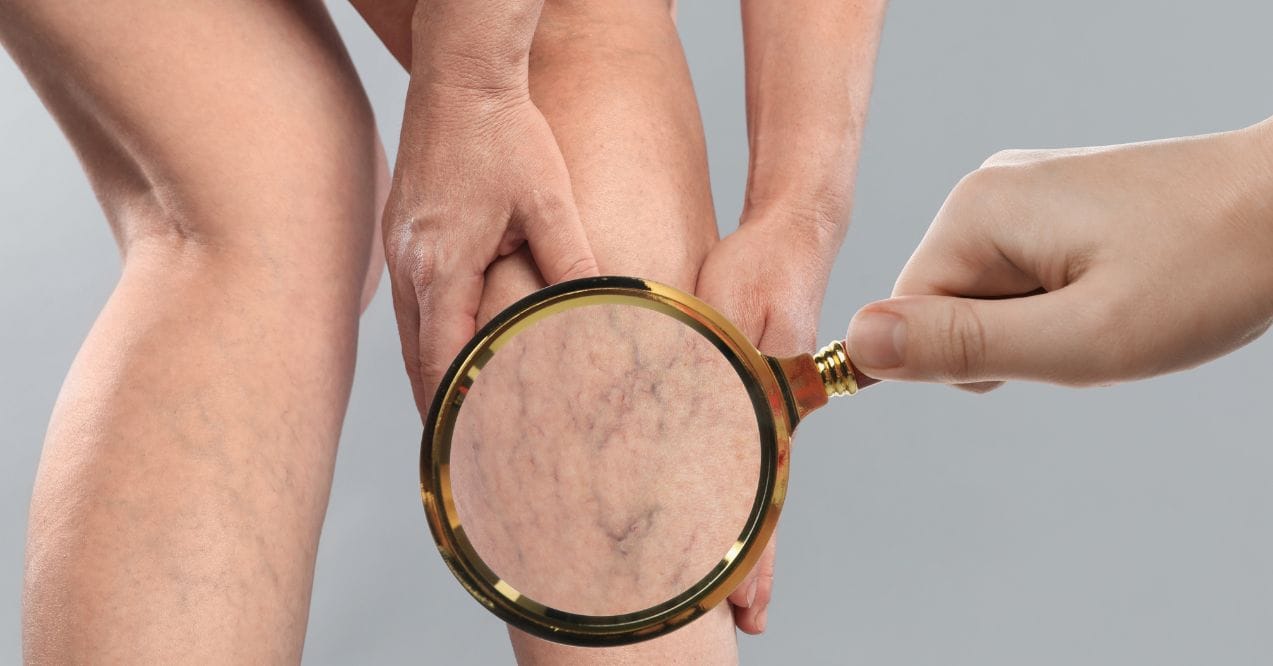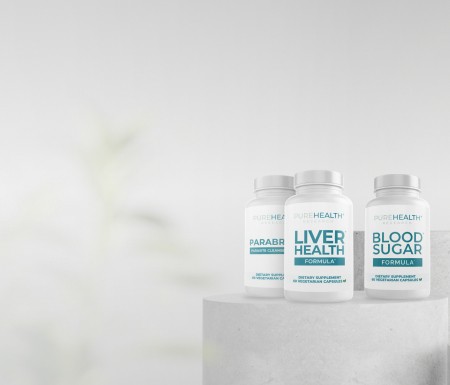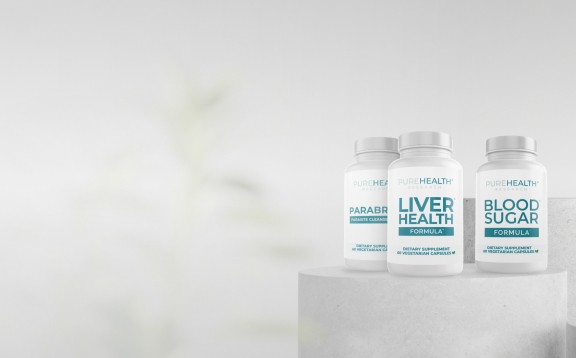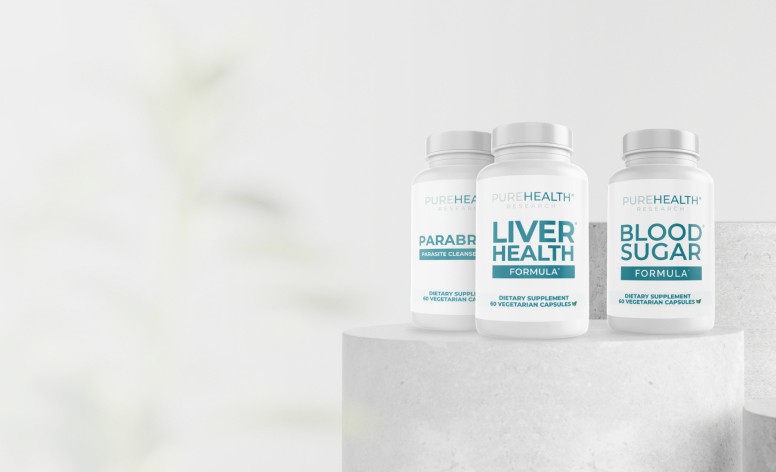How to Get Vitamin D in Winter: 3 Useful Tips
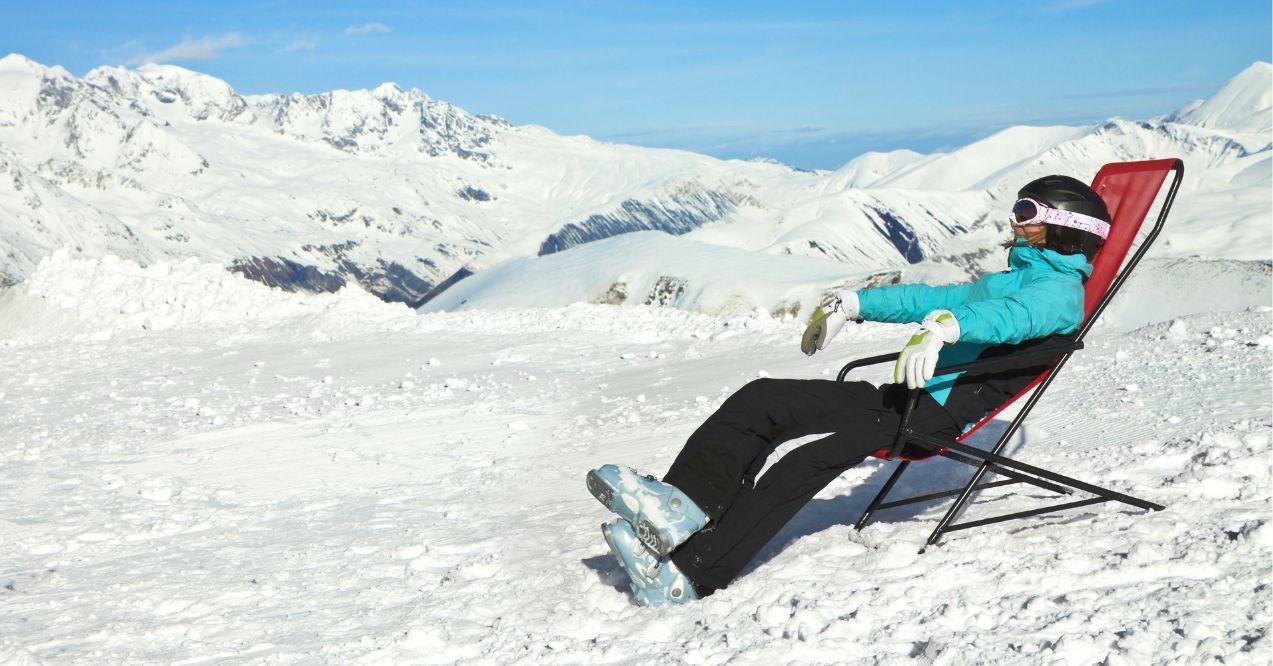

Shorter days and longer nights often leave us grappling with the challenge of how to get Vitamin D in winter, an essential nutrient for our well-being. Vitamin D, often hailed as the ‘sunshine vitamin’, is crucial for maintaining strong bones, aiding our immune system, and supporting our overall health.
However, during winter, when the sun becomes a rare guest and we bundle up, leaving little skin exposed, our natural Vitamin D synthesis takes a nosedive. This seasonal shortfall may have health implications, as Vitamin D deficiency is potentially linked to a host of issues, including weakened immunity, mood fluctuations, and bone health.
Understanding the pivotal role of Vitamin D and the complexities of acquiring enough of it during the winter months is vital. In this blog post, we delve into five practical and effective tips to ensure your Vitamin D levels remain optimal even when the skies are gray. Whether it’s tweaking your diet, considering supplementation, or finding innovative ways to catch some winter sun, we’ve got you covered.
So, let’s explore these strategies and ensure that even in the heart of winter, your Vitamin D levels don’t just survive but thrive.
How to Get Vitamin D in Winter?
As we ponder how to get vitamin D naturally in winter, it’s essential to integrate daily routines and habits that ensure adequate intake.
With these strategies, maintaining healthy Vitamin D levels during the colder months might be both achievable and enjoyable:
1. Choose Vitamin D-rich Foods
Choosing vitamin D-rich foods is a key strategy in maintaining healthy levels of this essential nutrient, especially during times when sun exposure is limited.
- Fatty fish such as salmon, mackerel, and tuna are excellent sources, offering a dual benefit of omega-3 fatty acids alongside vitamin D.
- Eggs, particularly the yolks, are another convenient option, providing a versatile ingredient for many dishes.
- For vegetarians or those with dietary restrictions, fortified foods play a crucial role. Items like milk, plant-based milk alternatives, certain cereals, and orange juice often have added vitamin D.
- Mushrooms exposed to sunlight can also be a good source, particularly varieties like maitake and portobello.
Incorporating these foods into your diet may be the best way to get vitamin d in winter to boost your vitamin D intake, contributing to stronger bones, improved immune function, and overall better health.
2. Get Fresh Air
The other best way how to get vitamin d in winter is stepping outside for fresh air not only revitalizes the mind but also plays a crucial role in Vitamin D synthesis. When our skin is exposed to sunlight, it triggers the production of Vitamin D, a process especially important in the winter months when indoor time typically increases. Unfortunately, sitting in front of a sunny window won’t penetrate sufficient UVB rays to activate vitamin D production but will allow aging UVA rays to pass.
Even brief daily exposures to natural light might make a significant difference. A simple walk during the brighter parts of the day, even when it’s cloudy, may contribute to Vitamin D levels. Additionally, outdoor activities like brisk walking, cycling, or even gardening during daylight hours might be beneficial.
This practice not only aids in Vitamin D synthesis but also promotes overall well-being by enhancing mood, improving sleep, and increasing physical activity. So, bundling up and embracing the winter air might be a delightful way to combat Vitamin D deficiency.
3. Consider Taking Supplements
When natural sources of Vitamin D are scarce, especially in the winter months, optimal health supplements may be an effective solution. Vitamin D supplements come in various forms, including D2 (ergocalciferol) and D3 (cholecalciferol), with D3 often being the preferred choice due to its effectiveness in raising and maintaining Vitamin D levels.
Supplements are one of the best ways to get vitamin d in winter and are particularly beneficial for individuals at risk of deficiency, such as those living in northern latitudes, having limited sun exposure, or with dietary restrictions. Taking Vitamin D supplements as directed may help ensure adequate levels, supporting bone health, immune function, and overall well-being.
However, it’s important to avoid excessive intake, as Vitamin D is fat-soluble and might accumulate to toxic levels in the body. Therefore, a balanced approach to supplementation, tailored to individual requirements, is key for optimal health benefits.
Can You Get Vitamin D in Winter from a Tanning bed?
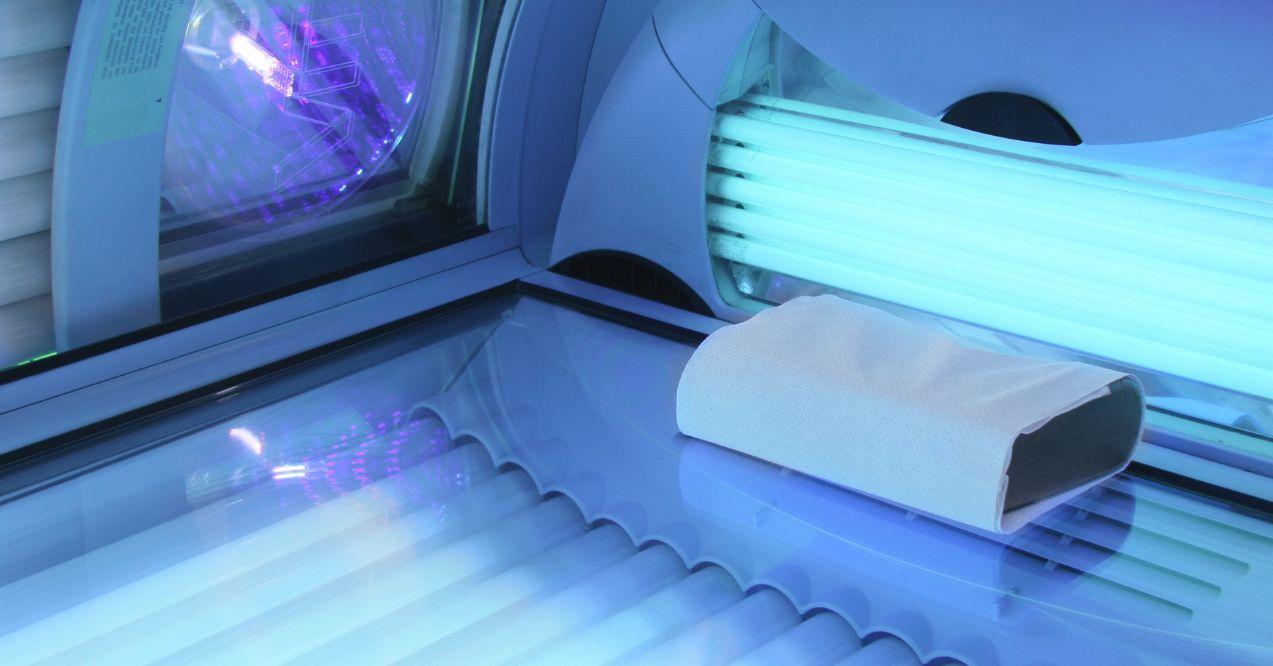
The question of whether tanning beds can be a viable source of Vitamin D in winter is a topic surrounded by misconceptions and health concerns. At the core of this discussion is the fact that tanning beds emit ultraviolet (UV) rays, primarily UVA, with a smaller proportion of UVB, which is the type of light needed for Vitamin D synthesis in the skin. In theory, this UVB radiation could contribute to Vitamin D production.
However, the practicalities and risks associated with tanning beds make them far from an ideal solution. Firstly, the UVB radiation emitted by most tanning beds is significantly less than what the sun provides, making them a less effective source for Vitamin D synthesis.
Furthermore, tanning beds predominantly emit UVA rays, which penetrate deeper into the skin and may cause premature aging, DNA damage, and skin damage. The artificial nature of UV exposure from tanning beds also lacks the natural regulation that sunlight provides, such as the production of melanin (which protects skin from excessive damage) and the natural limitation of exposure times due to the movement of the sun and changing weather conditions.
Additionally, the intensity and type of UV radiation might vary greatly between different tanning beds, leading to inconsistent and unreliable Vitamin D production. More importantly, the health risks associated with tanning beds cannot be overstated.
While tanning beds may offer some limited capacity for Vitamin D synthesis, the risks they pose far outweigh any potential benefits, especially when safer and more effective options are available. These include Vitamin D-rich foods, supplements, and whenever possible, safe exposure to natural sunlight.
Therefore, relying on tanning beds for Vitamin D in winter is not recommended, both from a health perspective and in terms of effectiveness.
Can You Still Get Vitamin D on a Cloudy Day?
The ability to acquire Vitamin D on a cloudy day is an intriguing aspect of our interaction with the natural environment. So, can you get vitamin d in the winter on a cloudy day? Scientifically, its UVB rays from the sun that are crucial for Vitamin D synthesis in our skin. Interestingly, these rays can indeed penetrate through clouds to a certain extent, allowing for Vitamin D production even on overcast days.
The degree of penetration, however, varies based on the thickness and type of cloud cover. Thin or scattered clouds may allow a significant amount of UVB rays to pass through, whereas thick, dense cloud layers might block more of these rays. The UVB wavelength is shorter and more energetic than UVA, enabling it to initiate the process in the skin where cholesterol is converted into Vitamin D.
Although the intensity of UVB rays is reduced on cloudy days compared to sunny days, they are still present. This reduced intensity means that you might need to spend a longer duration outdoors to get the same amount of Vitamin D you would on a clear day. To maximize Vitamin D absorption on cloudy days, it’s recommended to spend time outside during midday when the UVB rays are at their strongest, even if the sun isn’t fully visible.
Exposing larger areas of skin, such as the arms or legs, without sunscreen for short periods (about 10-30 minutes, depending on skin type and UV index) can also enhance Vitamin D synthesis. However, it’s important to balance this with the risk of UV damage and never staying out long enough to get sunburned.
So, while the amount of Vitamin D synthesized on a cloudy day may be less than on a sunny day, it’s still possible to boost your Vitamin D levels with sensible outdoor exposure, even when the sky is overcast. This approach, coupled with a diet rich in Vitamin D and supplements if necessary, may help maintain adequate Vitamin D levels throughout the year.
What is the Best Sunscreen to use in Winter Months?
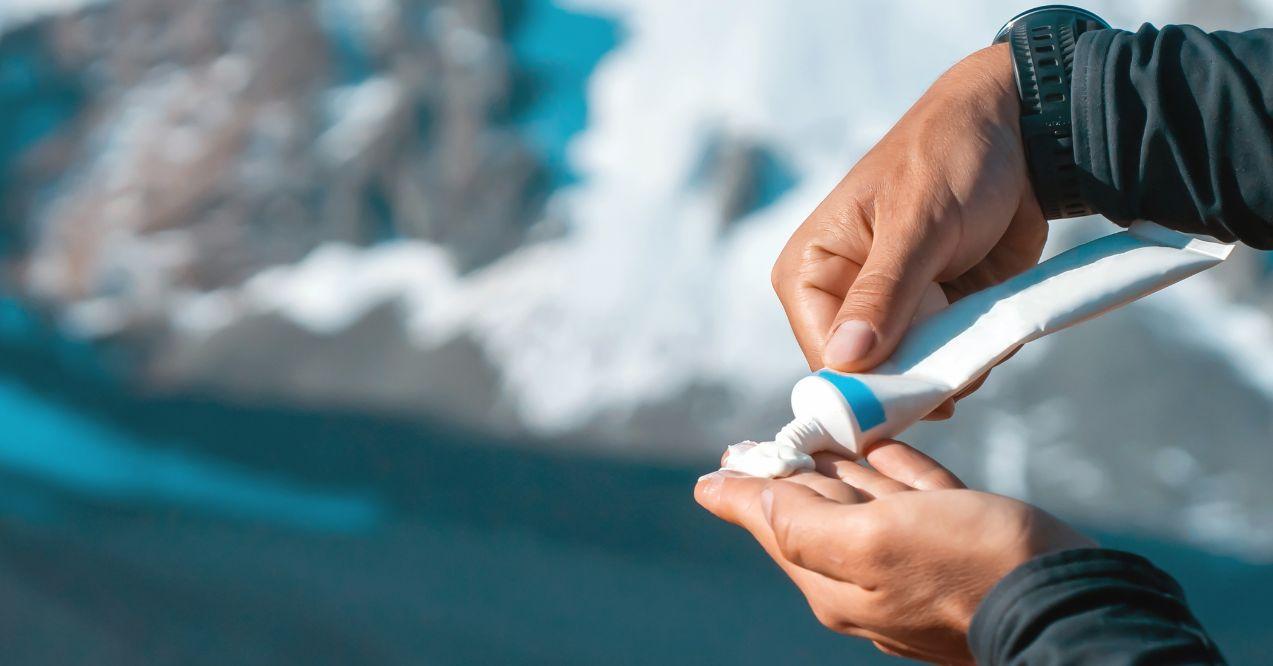
During the winter months, choosing the right sunscreen remains as important as in the summer, albeit with some specific considerations. The best sunscreen for winter use should have broad-spectrum protection, covering both UVA and UVB rays. While UVB rays are weaker in winter, UVA rays remain constant year-round and can penetrate clouds and even glass.
Therefore, a sunscreen with an SPF of at least 30 is recommended, providing adequate protection against UVB rays, which are responsible for sunburn and contribute to skin cell damage risk. For outdoor winter activities like skiing or snowboarding, where the reflection off snow might intensify UV exposure, a higher SPF may be beneficial.
A water-resistant formula is also advantageous, especially for those engaging in snow sports or activities that cause sweating. This ensures that the sunscreen remains effective for a longer period. Additionally, since winter air might be harsh and drying, opting for a sunscreen with moisturizing properties may help protect the skin from the dry, cold weather. Look for ingredients like hyaluronic acid, glycerin, or ceramides, which help retain skin moisture.
Sunscreen plays a crucial role in protecting our skin from harmful UV rays, but its use does raise questions about Vitamin D synthesis. Sunscreen blocks UVB rays, which are essential for the skin to produce Vitamin D.
However, regular daily activities and incidental sun exposure, such as walking to and from the car or mailbox or taking your do for a walk, often provide enough UVB exposure for adequate Vitamin D synthesis without risking skin damage.
Therefore, while sunscreen may reduce Vitamin D production to some extent, its benefits in protecting against skin damage and premature aging far outweigh this potential reduction, especially when balanced with a diet rich in Vitamin D or supplementation as needed.
Best Vitamins to Take During Winter
Winter poses unique health challenges, making certain vitamins besides Vitamin D particularly beneficial during these months:
- Vitamin C is renowned for its immune-supporting properties, crucial in a season where colds and flu are prevalent. It also plays a vital role in collagen production, aiding in skin health, which can be compromised in harsh winter weather.
- B Vitamins, especially B6, B9, and B12, are essential for maintaining energy levels and proper nerve function, countering the fatigue and gloom that may accompany shorter, darker days.
- Vitamin A, important for skin and eye health, becomes crucial as the dry, cold air might affect both. Equally important is the quality of the supplements you choose.
Additionally, consider taking Vitamin D3 with K2. This combination ensures that calcium is properly absorbed and directed to the bones, rather than accumulating in the arteries, thereby supporting both bone health and cardiovascular health. The synergy between these vitamins is especially important during the winter months when sunlight exposure, a natural source of Vitamin D, is limited.
PureHealth Research Dermal Relief stands out in skincare, combining essential vitamins, including Vitamin D3, with natural beauty care. This innovative formula offers more than skin-deep beauty; it’s a comprehensive solution for youthful radiance. The blend of 27 vitamins, minerals, and special nutrients nourishes your skin from within, promoting health and vitality not just for the skin, but for hair and nails too.
In essence, Pura’s Dermal Restore is not just a product; it’s a journey towards a rejuvenated, confident self, where each glance in the mirror reflects a story of nurtured beauty.
Key Takeaways
Winter’s short days can make getting enough Vitamin D a challenge. This ‘sunshine vitamin’ is key for bone strength, immune support, and overall health, but its natural synthesis decreases due to less sun exposure and increased clothing coverage. Here’s how to maintain optimal Vitamin D levels in winter:
- Diet: Incorporate Vitamin D-rich foods like fatty fish (salmon, mackerel, tuna), egg yolks, fortified foods, and sun-exposed mushrooms.
- Outdoor Exposure: Brief, daily exposure to natural light, even on cloudy days, aids Vitamin D production. Activities like walking or gardening help.
- Supplements: Vitamin D supplements (preferably D3) are beneficial, especially for those with limited sun exposure. Avoid excessive intake.
- Tanning Beds: Not recommended due to minimal UVB ray emission and high health risks, including skin damage.
- Can you still get vitamin d on a cloudy day? UVB rays may still penetrate clouds to some extent. Spend time outdoors around midday for best exposure.
- Sunscreen: Use broad-spectrum SPF 30+ sunscreen in winter. It blocks UVB rays but usually doesn’t prevent adequate Vitamin D synthesis.
- Additional Vitamins: Vitamin C for immunity and skin health, B Vitamins for energy and nerve function, and Vitamin A for skin and eye health.
To ensure adequate intake of Vitamin D in winter, eat Vitamin D-rich foods like fatty fish and fortified products, spend brief periods outdoors during daylight, and consider Vitamin D supplements if needed.
In winter, easily boost Vitamin D by consuming fatty fish, egg yolks, and fortified foods, embracing short daily strolls in daylight, and considering Vitamin D supplements as needed. Even on cloudy days, outdoor exposure may contribute to Vitamin D synthesis, supporting your overall health during the colder months.
To get Vitamin D naturally in winter, spend time outdoors in daylight, even on cloudy days, for natural UV exposure. Include Vitamin D-rich foods in your diet, like fatty fish, egg yolks, and mushrooms exposed to sunlight, to maintain healthy levels during the shorter, colder days.
Popular Articles
Advertisement. This site offers health, wellness, fitness and nutritional information and is designed for educational purposes only. You should not rely on this information as a substitute for, nor does it replace, professional medical advice, diagnosis, or treatment. If you have any concerns or questions about your health, you should always consult with a physician or other health-care professional. Do not disregard, avoid or delay obtaining medical or health related advice from your health-care professional because of something you may have read on this site. The use of any information provided on this site is solely at your own risk.




